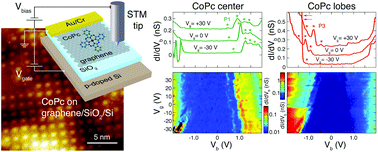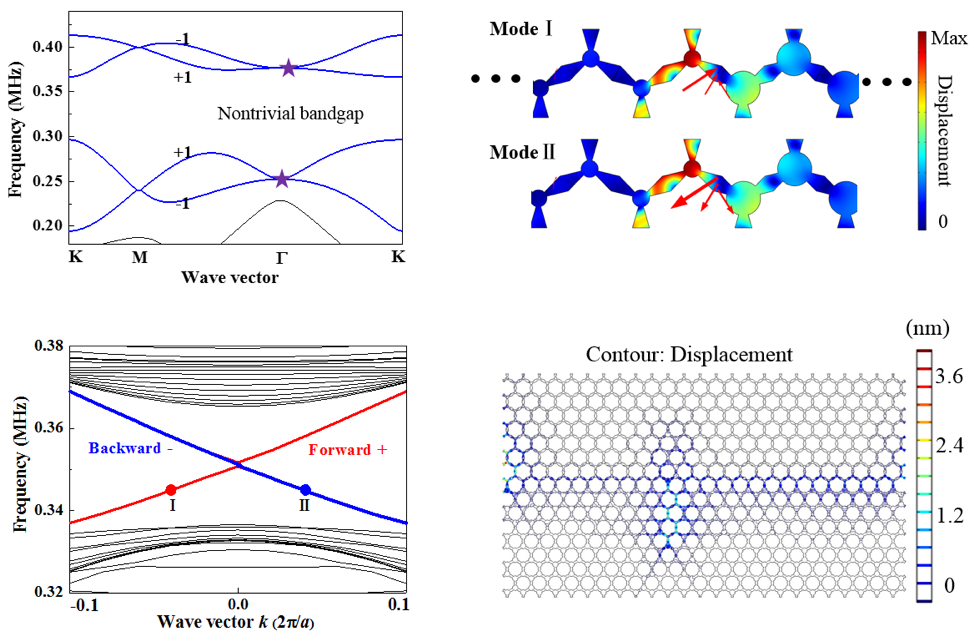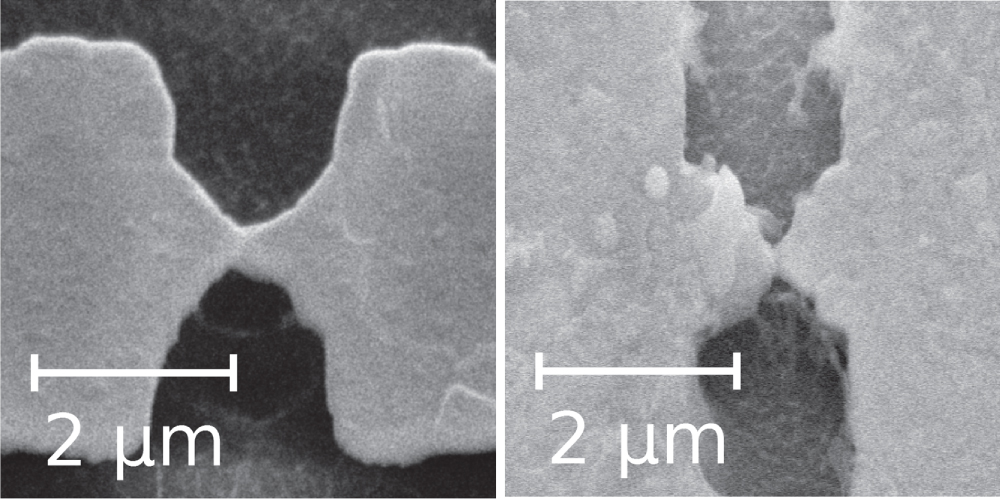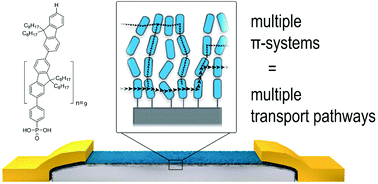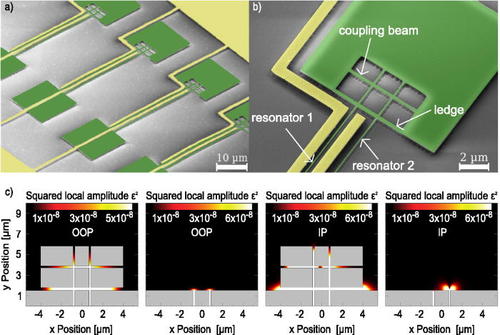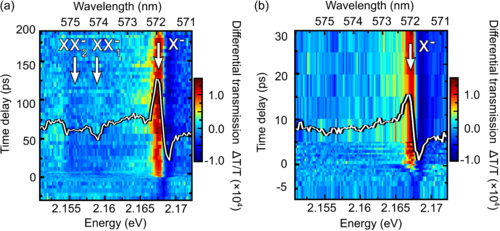
Project B02: Phys. Rev. B 2018
Charge and spin control of ultrafast electron and hole dynamics in single CdSe/ZnSe quantum dots
We study the dynamics of photoexcited electrons and holes in single negatively charged CdSe/ZnSe quantum dots with two-color femtosecond pump-probe spectroscopy. An initial characterization of the energy level structure is performed at low temperatures and magnetic fields of up to 5 T. Emission and absorption resonances are assigned to specific transitions between few-fermion states by a theoretical…
Read more
